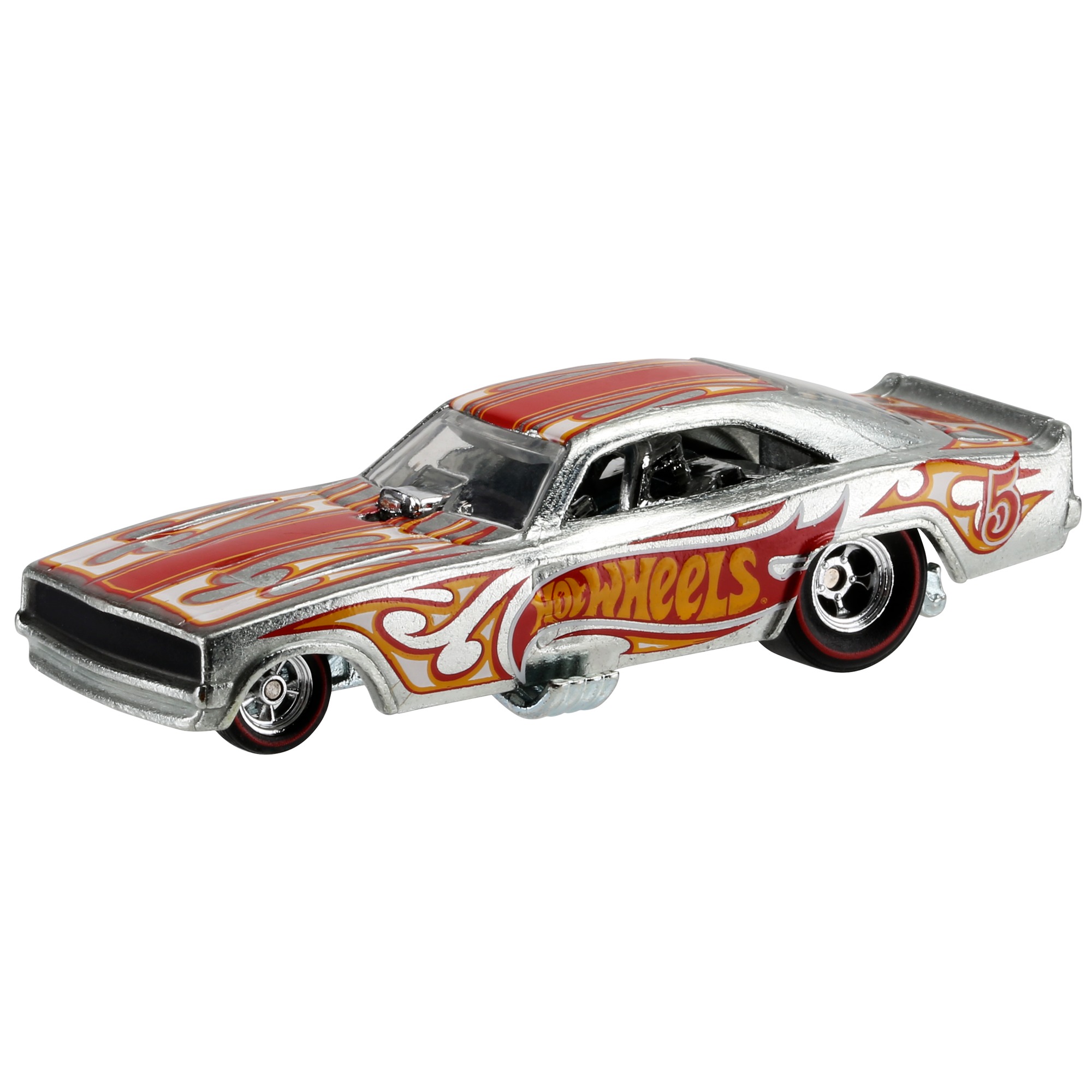
Research is key if you want to buy an Austin Healey. Even though it may not seem like much, a treasured vintage car will require a large financial commitment as well as extensive upkeep. If you have other vehicles, this may not be an option. Consider your financial situation before you commit to a new Austin Healey. Some people find the classic car so beautiful that they are able to enjoy it while carrying out everyday tasks.
Austin-Healey 3000
Austin-Healey 3000 is a classic British sports car that you have probably heard much about. The 3.0-litre C-series straight-six power plant and vintage driving experience make this a car you can't resist. In fact, it's likely the reason why the car has risen in value in recent years. This is a great time to buy a car if you are willing to spend a little bit more.
It doesn't matter if you're looking to buy a rare Austin-Healey, or just an everyday driver, there is a good chance one will be for sale. It is up to you to decide how much time and what amount of money you can spend on the restoration of this classic. The answer depends on your motivation, but a well-maintained car will definitely make your commute a breeze.

Austin-Healey 100
You're in the right place if you are interested in purchasing an Austin-Healey100 for sale. The British classic sports car was the first to go on sale and was a big hit at the London Motor Show in 1952. In addition to its sleek styling, the 100 also featured a low price tag and powerful performance. It featured a flowing bodywork and a laid-down windscreen.
There are numerous models of the Austin-Healey 100, but none are as rare as the 'Le Mans' model, which was factory-built by the manufacturer. Just 544 cars made it to America out of 640. Despite its rarity this car was owned by several famous people, including Augie Pabst, a legendary racing driver. The car's current owner's 100M is one of the rarest examples and was purchased in the final years of its maker's life.
Austin-Healey3000 MkIII
This 1962 Austin-Healey 3000 Mk III car is in perfect condition. The car was imported from the United States in January 2005, and is finished in Healey Blue over Ivory White. The car has a manual 4-speed transmission and is in excellent condition. It has been owned by the current owner for over 20 years. This is a rare opportunity to own a classic car while also driving it.
The 1967 Austin-Healey 3000 Mk III available for sale has been loved by its owners. It's in perfect condition. The car was first delivered to London on February 8th 1967. This car is a UK RHD matching numbers car with many upgrades. You will also find a stainless-steel exhaust system, an aluminum cylinder head, triple Weber carburetors and a five blade plastic fan. Since 1990, the car has been maintained at PS50,000.

Austin-Healey Sprite
Austin-Healey Sprite originally was a small, inexpensive sports car that fit below the MGA. This is the smallest BMC. It was the first in a long line affordable sports cars that still meet their needs today. It was produced at Abingdon's MG Factory and first registered with the 802 SMG number on 8 October 1958. You can find the logbook if you are interested in an Austin-Healey Sprite.
In 1959, the Austin-Healey Sprite was launched. The Sprite was built by parts of the Donald Healey Motor Company. The car incorporated a modern unibody construction and a 948cc BMC A-series overhead valve engine for modest acceleration. It was also fitted with a synchromesh manual gearbox. The Sprite is now for sale at Classic Motor Hub.
FAQ
What does it matter which college I attend?
You're wrong. There is no difference in the programs offered by colleges for getting into automotive work. However, some schools offer better programs than others so if you're looking for something more specialized, look elsewhere.
How can I fix my automobile as a hobby.
If you are interested in cars, why not take it on as a hobby? You could learn how to repair them, buy parts for them, sell them or just enjoy them. This would be a wonderful hobby if you're looking to find something completely different.
It isn't easy to turn it into a full time job. This requires dedication and hard work. It will also require a large amount of investment.
You may not be able to have an emotional connection with cars unless there is a valid reason.
What is the difference between an automotive technician and a mechanic?
They are both similar, but not identical. The mechanic fixes cars while the technician maintains them.
A mechanic must possess good manual dexterity, and be able perform simple tasks efficiently. They should also be able correctly diagnose and repair any problems.
An automotive technician must be more technically proficient than a mechanic. They should be able read blueprints and use tools like drills and wrenches.
They must also be able perform complex procedures safely. They need to be familiar with various types of engines and electrical system.
They must also be capable of understanding how parts interact.
As a result, mechanics typically make less than technicians. However, both careers offer great opportunities.
Statistics
- There were 749,900 jobs available for automotive service technicians and mechanics in 2016, which is expected to grow by six percent through 2026. (jobhero.com)
- According to the BLS, the median annual salary for automotive service technicians and mechanics in the United States was $44,050 in May 2020. (uti.edu)
- Apprentice mechanics earn significantly less hourly than mechanics who have completed training, with a median wage of approximately $14.50 an hour, according to PayScale. (jobhero.com)
External Links
How To
How to properly diagnose your car for repair
Before you can determine if your car requires repairs, it's important to first analyze the symptoms. Then, follow these steps to diagnose your vehicle properly.
-
Check engine lights. The dashboard light indicators, including the engine light, oil pressure gauge, battery light indicator, coolant temperature gauge and RPM gauge, should be checked. If any of them have been flashing for several days, it may mean something is wrong with your vehicle.
-
Take a look at the treads. If the tires are worn out, they could cause problems with handling and braking. You should inspect the treads on your wheel. They should be smooth and clean. It is best to take off the wheels and remove them. To check the condition of your treads, use a flashlight.
-
You should always monitor the level brake fluid. You must always monitor the level of your brake fluid. You can ensure that your brakes are working properly by monitoring the level of brake fluid in your vehicle. If the brake fluid level is low, your brakes might fail when you apply pressure to them.
-
You should test the suspension system. A suspension system is designed to absorb vibrations and shocks. It allows for better control, smooth acceleration, and deceleration. A suspension problem can cause your vehicle to feel wobbly and shake uncontrollably. You can test if your vehicle has a suspension problem by putting weight on either the front or back axle to see how it moves.
-
Examine the steering wheel. The steering column connects the steering wheel to all other components of the vehicle. The steering column can often be damaged by an accident. Replace it if your steering column feels loose or unsteady.
-
Pay close attention to the exhaust tube. Exhaust pipes move gases from combustion chamber to atmosphere. Exhaust pipes that are cracked or leaking can allow harmful fumes to enter your cabin. You should also fix any bent tailpipes immediately.
-
Look under the hood. Take a look underneath the hood to find any strange or unusual items. Leakage of fluids in your engine could indicate that it is leaking. In addition, if you notice an unusual smell coming from your engine compartment, you should contact a professional technician.
-
It is important to inspect the air filter. The outside environment collects dust and other particles in the vehicle's filter. Dirty air filters can cause your vehicle to run poorly. Replace your air filter regularly.
-
Check the fan belt. Your vehicle's fan belt connects the engine to the transmission. If the fanbel breaks, your engine won't turn. It's easy to replace the belt. You will need a screwdriver, pliers and a pair of pliers.
-
Make sure you inspect the radiator hoses and hoses. The radiatorhose carries water from your radiator to the engine. If it becomes cracked or damaged, it can leak hot liquid onto the engine. The hose can be repaired with a pair or needle-nosepliers, and a wire brush.
-
Check the windshield wipers. Windshield wipers use electricity to remove snow and rain. They can leave streaks on your windows glass if they stop working. To fix the problem, simply change the washer fluid.
-
You should inspect the cables. Your car's electrical system is powered by batteries. Before you change batteries, disconnect the positive cable. Failure to do so can damage your alternator.
-
Be sure to check your headlights. Headlights illuminate the road ahead of you. If they don't work properly, it can cause poor visibility. You can check the bulbs to make sure they aren't burned out.
-
Be sure to check the lights. The lights are there to warn other drivers if they approach you at night. One that doesn't work could cause you to be distracted, and possibly lead to an injury.
-
You should inspect your brakes. Before you have a collision, brakes slow down your car. If your brakes aren't working properly, you may lose control and crash into other cars.
-
Change the oil. Oil keeps your engine lubricated. It helps keep metal parts from getting too worn down. It is recommended that you change your oil at least once per month.